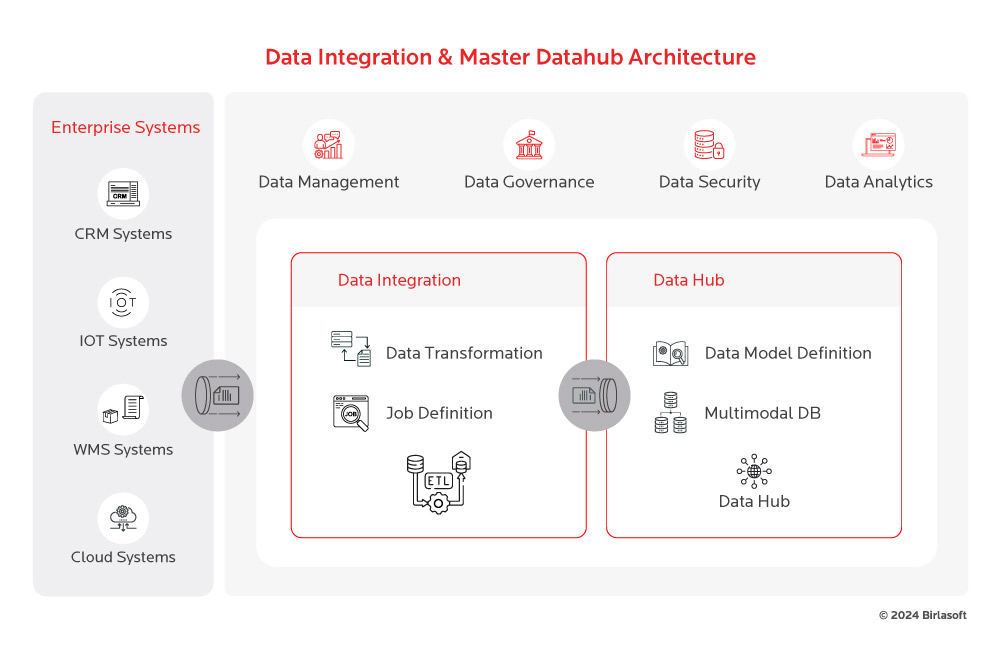Pumping poor-quality fuel into a high-performance engine is known to yield mediocre output. In addition, such a practice also wears out engine components faster, thus undermining the efficiency of the system in which the engine is placed.
While the modern enterprise may have outgrown its industrial origins, this effigy still holds true in today’s digital context. With data being heralded as the new oil, and DI-MDH becoming the foremost source of competitive advantage, only the referents have changed.
What low-quality fuel does to great engines, poor quality data does to enterprise technology environments. Think CRM, ERPs, decisioning algorithms, SCM tools, and so on. Poor quality data can cost north of hundreds of millions of dollars to businesses, in addition to degrading the trust of users in the systems that consume this data.
Data quality is just one aspect that degrades the outcomes enabled by enterprise technology systems. Data duplication, multiple versions of ‘the truth’, and inconsistent data definitions cause similar problems, albeit in different ways.
This makes the preservation of data quality and integrity from source to destination the most coveted outcome while leading analytics programs. For the distributed and mixed technology environments of today, Master Data Hub (MDH) and Data Integration (DI) offer just the right solution. See how, and what can be achieved with this symbiotic pair of technologies in the modern enterprise.
Birlasoft Enterprise Integration Services
Seamless Integration. Unifying Possibilities
Old problem, new answers: the evolution of enterprise data architectures
Data management has always been a challenge that businesses have found difficult to tackle. In the early 90s, digitization was already knocking at the doors of enterprises. This was the era of legacy CRMs and ERPs, where data warehousing complemented the centralized architecture and private data centers at large organizations. These data warehouses offered high latency access and limited agility.
This turned into a major limitation when ERPs and CRMs grew more capable, and businesses, more distributed. Now, further digitization led to the growth of unstructured data alongside structured data, for which the data lake architecture was devised. This was the age of big data, where cloud computing was also gaining widespread adoption. But data lakes turned into new siloes which stood disconnected from the rest of the enterprise technology ecosystem.
Ultimately, enterprise technology incorporated modern paradigms: distributed computing, hybrid cloud, microservice architectures, and IoT solutions to orchestrate responsive, real-time, and fast business processes. Data began to drive every facet of business operations and determined the quality of outcomes across these processes.
The emergence of Master Data Hub
Thus, ensuring data consistency across different systems and the same definitions across business units, and preserving its quality from its inception to consumption became paramount. Master Data Hub (MDH) emerged in response to these needs of the new enterprise. It offered unprecedented agility and built guardrails around every aspect of operations that touched data.
The Master Data Hub enables businesses to:
- Define data quality rules, and enforce them by establishing data ownership and stewardship.
- Ensure consistent semantics across the organization – meaning, Part #11035 now meant the same thing in Europe or the Americas.
- Brought visibility and democratized access to the real truth, or golden records. Only one version of truth now drove enterprise systems, and everyone could see and consume the same data.


